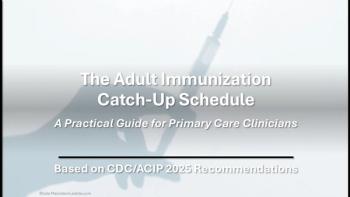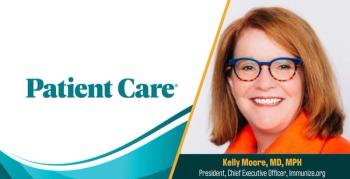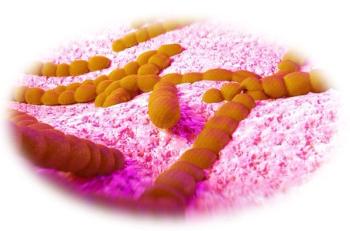
Antibacterial Soap No Better And May Be Worse Than Plain Soap
ANN ARBOR, Mich. -- Washing hands with antibacterial soap was no more effective at reducing bacteria levels or preventing illness than washing with plain soap, researchers said.
ANN ARBOR, Mich., Aug. 16 -- Washing hands with an antibacterial soap was no more effective at reducing bacterial levels or preventing illness than washing with ordinary soap, researchers said.
Furthermore, the soaps, most of which contain the antimicrobial triclosan, produced worrisome antibiotic cross-resistance among different species of bacteria, according to a study reported in a supplement to the Sept. 1 issue of Clinical Infectious Diseases.
Triclosan, a phenoxyphenol antimicrobial, kills bacteria at high concentrations, but has been shown to be relatively ineffective at inhibiting the growth of gram-negative bacteria, such as Pseudomonas aeruginosa or Serratia marcescens, said Allison E. Aiello, Ph.D., of the University of Michigan here, and colleagues.
Furthermore, several studies have demonstrated evidence of triclosan-adapted cross-resistance to antibiotics, such as amoxicillin, among different species of bacteria, the researchers said.
Although bacterial resistance has not been detected at the population level, they noted, E. coli in laboratory experiments showed resistance to as little as 0.1% wt/vol triclosan soap, an amount common in these products.
Only a few studies have attempted to assess the relationship between the biocide-containing soap and the emergence of antibiotic resistance in a community setting, the researchers said.
To shed light on the subject, the researchers searched the PubMed database for English-language articles published from 1980 through 2006, and found 27 relevant articles.
Their review determined that soaps containing triclosan within the range of concentrations commonly used in the community setting (0.1%-0.45% wt/vol) were no more effective than plain soap at reducing bacterial levels on the hands or preventing symptoms of infectious illness, including cough, congestion, diarrhea, sore throat, fever, and vomiting.
Among the findings:
- Four community-based studies comparing triclosan soaps with plain soap showed no significant reduction in illness symptoms among household members.
- In nine studies, mainly in a laboratory setting, examining the effectiveness of triclosan soap versus plain soap in reducing bacterial levels on the hands, five studies reported a significant reduction in bacterial counts. However, all but one of those studies used a relatively high concentration of triclosan (? 1.0%), and two of the five studies reported a significant reduction only after multiple hand-washings.
- Eleven laboratory studies found triclosan-tolerant species and cross-resistance to antibiotics.
- Only three studies examined antibiotic resistance in a community setting for individuals using one or more antibacterial products and those reporting no use of such products.
- Two other studies from a randomized trial of individuals using 0.2% triclosan-containing liquid hand soap or plain soap found no presence of antibiotic resistance. However, the authors did note that several species, such as P aeruginosa and coagulase-negative staphylococcal species showed unexpectedly high resistance to triclosan.
Many of the available bacterial-reduction studies have shown that increased application time tends to result in greater efficacy, a practice not typical in real-world practice, the researchers said.
However, even health care professionals generally wash their hands for a much shorter time, and community studies indicate suboptimal hand-washing practice, they noted.
The results of this review call into question the marketing of soaps containing triclosan as a product providing efficacy beyond the use of plain soap in the community setting, the researchers said.
There are still too few studies conducted in the community setting to adequately assess whether the emergence of antibiotic resistance in that setting is associated with consumer soaps containing triclosan, the researchers said.
Longitudinal studies are needed to assess changes in levels of antibiotic resistance to triclosan over time, and large databases of isolates are required to examine within-species changes in antibiotic-resistance profiles, they said.
The FDA does not regulate the levels of triclosan used in consumer products, the researchers noted, adding that current findings warrant further evaluation by governmental regulators regarding antibacterial product claims and advertising.
Future research should address both the efficacy of and risks associated with the use of triclosan. For instance, data are needed to assess whether products containing triclosan provide an added level of protection among high-risk groups, such as immunocompromised individuals living in a household setting, the researchers concluded.
Newsletter
Enhance your clinical practice with the Patient Care newsletter, offering the latest evidence-based guidelines, diagnostic insights, and treatment strategies for primary care physicians.


























































































































































































































































































